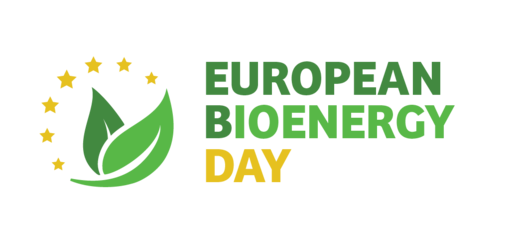Pyrolysis is a process able to turn biomass into gaseous, liquid and solid fractions under the action of heat and in the absence of oxygen. Following this process,biomass can be converted to energy through gasification or combustion.
Pyrolysis process
At temperatures ranging from 200-1,000°C and in the absence of oxygen, solid biomass breaks down into three products:
- a solid with a high carbon content (coal)
- a gas called syngas, consisting essentially of CO2, CO, H2 and CH4
- a complex liquid fraction (pyrolytic oil)
The control of the main parameters (temperature, temperature increase rate, time and pressure) allows the reaction to be oriented towards the optimum production of one of the three products.
Slow Pyrolysis or carbonisation
Carbonisation is a pyrolysis process optimised for the production of charcoal. It consists of a prolonged exposure of wood (a few hours or few days) to temperatures reaching 450°C with a minimum amount of oxygen.
Fast Pyrolysis or Flash Pyrolysis
Flash pyrolysis involves a very rapid heating of the biomass for a very short time (a few seconds) to obtain pyrolytic oil. Nearly 80% of the initial energy contained in the biomass is transformed in a liquid oil.
Pyrolysis benefits?
The main advantage of fl ash pyrolysis is to convert a solid fuel into liquid (pyrolytic oil) with a higher energy density. This form of energy is easier to store and convey than the initial biomass.
Products created by pyrolysis process can also be used in the chemical industry as they provide relevant platform molecules. Indeed, pyrolysis is a process that is also part of the wider process of biorefining.
